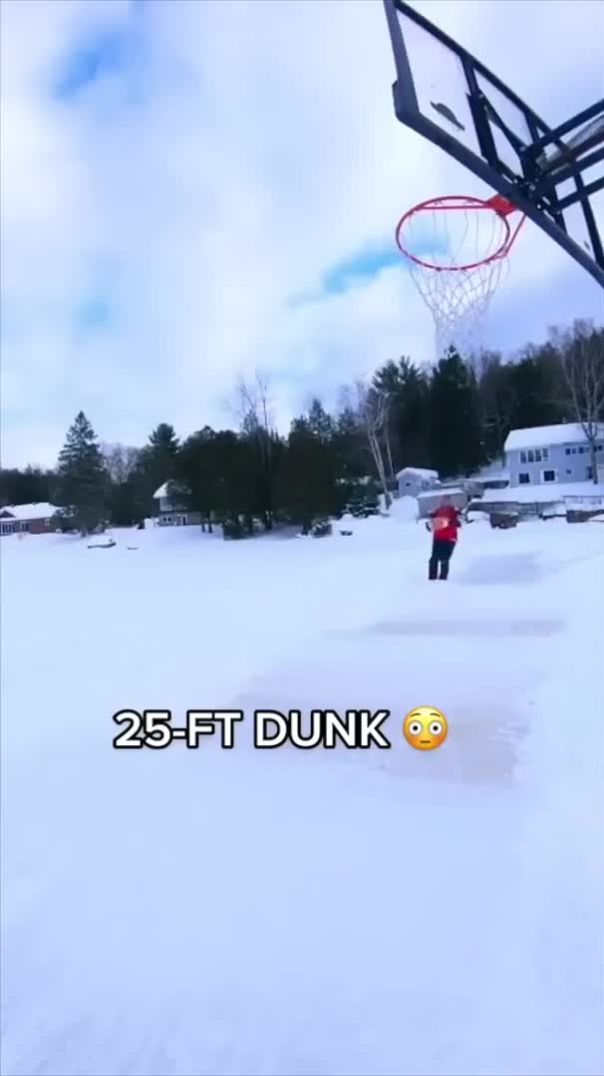4 Views· 03 August 2022
STOP Doing Squats Like This (SAVE YOUR JOINTS!)
Want to keep your joints healthy and maximize your strength? Here are 4 key barbell squat form mistakes that you’re likely making without even realizing it. In this “squat tutorial” video, I dive into what those are, and how to fix them, so you (finally) master the squat technique. By the end of it, you’ll be equipped with the knowledge of proper squat form, enabling you to achieve a safer and stronger squat right away.
The first mistake has to do with your hip structure and how it affects what the optimal foot width and foot positioning is for your squat. To figure out what your optimal stance is, get onto all fours with your hands directly under your shoulders, knees under your hips, and ideally with your feet against a wall. From here, try to sink your hips back into heels as deep as you can without rounding your lower back. Make note of how that feels and how far you could go. Then, play around with it until you find that sweet spot position that feels the best and allows you to get the deepest without rounding at your lower back.
Stand up and make note of how far apart your feet were. Then, either with your bodyweight or under the bar, squat down with your toes and knees straight out and see how that feels. Experiment and find what foot angle feels best and enables you to squat the deepest, which will now be your ideal squat stance.
Next, a common barbell squat form mistake: butt wink. Although it may be fine for some individuals, for others it can put a lot of harmful forces on their spinal discs. So, you’re going to use a screening test created by back pain Dr. Stuart McGill. Do 10 cycles of back extension and flexion with the Olympic barbell — and if there’s pain, butt wink will most likely be an issue for you.
There are two things you can do to minimize butt wink for a “cleaner” squat technique. The first is to simply limit your range of motion. However, oftentimes butt wink is an ankle mobility issue. To improve this, try squatting with your heels on plates or use lifting shoes and see if that helps. If it does, great, continue doing that while working on improving your ankle mobility.
The next mistake covered in this squat tutorial has to do with your feet. Try standing up on one leg with your other knee bent behind you. Are you able to hold this for at least 25 seconds without falling over? Without adequate stability from your feet, your body will seek for it elsewhere, often leading to compensations that can cause excessive stress on the lower back and other areas especially with heavier loads.
To help improve your foot stability, there are two things we can do. First, as per back pain expert Dr. Stuart McGill, the leaning tower drill. The second thing you can do is pay attention to how you distribute your weight as you’re squatting. Before you squat down, grip the floor with your feet and spread your weight across these three points; your heel, and the base of your 1st and 5th toe. Then when you perform your squat, make sure each of these 3 points remain in contact with the ground with the weight distributed evenly among them.
The last mistake has to do with your bar path. A common mistake lifters make is letting their chest fall forward and hips rise up during the ascent. This shifts the bar forward from the mid-line, which can place more stress on the lower back. Although weak quads relative to your glutes may play a role in this, it seems that suboptimal motor recruitment patterns are the main culprit. That means you’ll have to re-learn the squat. The goal is to get your hips and chest rising at the same rate to keep the bar path straight up and down. To accomplish this, for at least a few weeks, swap out your regular sets of squats for double paused squats.
You will likely have to lighten the weight considerably to break out of old habits, but after a few weeks of this, the proper squat form will start to feel more natural and is when you can switch back to regular squats if you wish.
Hopefully you now see the importance of the finer details when it comes to each and every exercise you do. It’s not just about choosing the right exercises but also performing them in a way to get the most out of them while avoiding any potential injury or setbacks down the road. It’s so important that you get this right from the start and it’s why I focus so heavily on that not just within the YouTube videos I put out but especially in the Built With Science programs I offer.
For those who want to maximize your efforts and start transforming your body today, take my analysis quiz to see what step by step program is best for you and your body below:
https://builtwithscience.com/your-potential-realized/?utm_source=YouTube&utm_medium=Video&utm_campaign=STOP+Doing+Squats+Like+This+%284+MAJOR+Squat+Form+Fixes%29&utm_term=10%2F04%2F2022
ANKLE MOBILITY DRILLS:
https://www.youtube.com/watch?v=TSIbzfcnv_8&
Subscribe to my channel here:
https://www.youtube.com/jeremy....ethier/?sub_confirma



















![Jelly Roll - Save Me (with Lainey Wilson) [Live From The 58th ACM Awards]](https://i.ytimg.com/vi/1y4_yTyWlKo/maxresdefault.jpg)







0 Comments